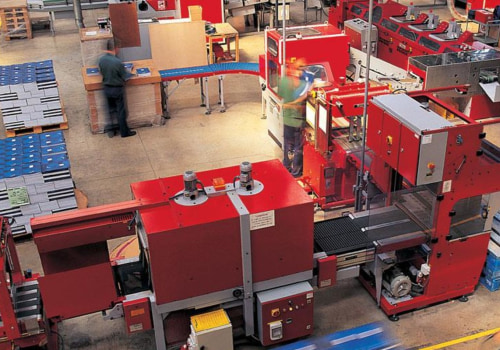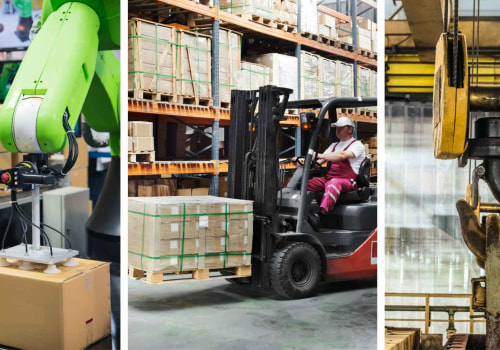The following are six material handling tips that can help minimize ergonomic risk factors. Respond to employee fatigue reports. Identifying risks and hazards should be a fundamental approach for everyone in the workplace. One of the most common sources of injury or risk is material handling.
Workplace warehouses are well-known danger zones in the workplace. So, instead of waiting for your next injury to occur, follow these 6 tips when handling materials in the workplace and stay safe.
Material handling involves lifting, moving and positioning objects in a variety of
ways. It can be done manually or with equipment.Material handling is one of the leading causes of disabling occupational injuries. According to the National Safety Council, between 20 and 25% of all disabling occupational injuries are due to material handling. They must know what conditions of the operating environment increase the hazards of the material handling task, and they must know when stopping the activity is more important than the loss of equipment or materials or more important than injury or loss of life. If you handle hazardous materials, seek expert advice or familiarize yourself with the health safety requirements of 26% in your workplace.
When moving materials manually, employees should seek help when a load is so bulky that it can't be properly gripped or lifted, when they can't see around or above it, or when they can't handle it safely. The need for supervisors who move from station to station to ensure that materials arrive at specified locations on time has become obsolete. Each problem can be considered on its own merits and each type of material handling equipment must be used in its proper place. A properly planned design will include dedicated storage areas and routes for transporting materials that are beyond the reach of operators.
When stacking materials at two or more levels of height, the lower level must be sealed on each side to prevent it from moving in any direction. If the materials you handle are in a particularly hazardous area, you may consider wearing boots with a steel cap, protective goggles, or a helmet. When conveyors are used, workers' hands may be trapped at contact points where the conveyor medium passes near the frame or over the support elements or rollers; workers may be hit by material falling from the conveyor; or they may become trapped in the conveyor and, as a result, be dragged along the conveyor path. Individual safety officers must also be trained to monitor material handling systems to prevent accidents.
All bound material must be stacked, placed on shelves, locked, intertwined, or otherwise secured to prevent it from slipping, falling, or collapsing. The floor must also be properly maintained to ensure that snags, holes and other defects do not cause material handling equipment to stray from the track. Dissimilar materials that are hazardous when in contact with each other should be stored separately. Therefore, the advice will be classified into operational safety tips, technological safety provisions and advice and management of material handling equipment.
In addition to using ergonomic controls, there are some basic safety principles that can be used to reduce injuries caused by the handling and storage of materials.









Leave a Comment